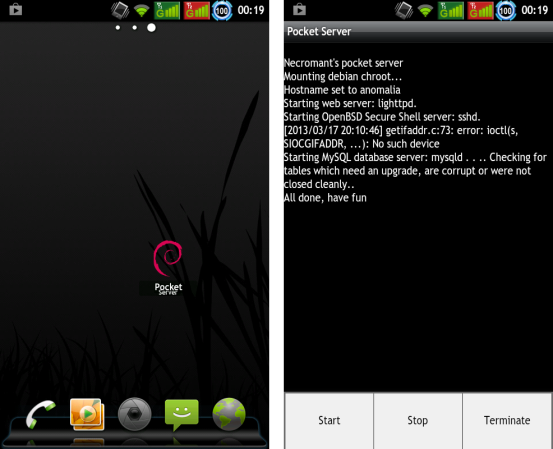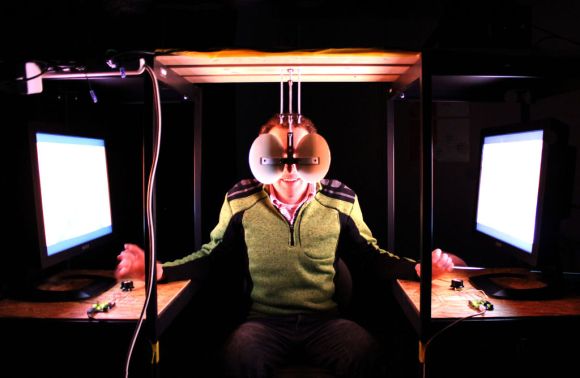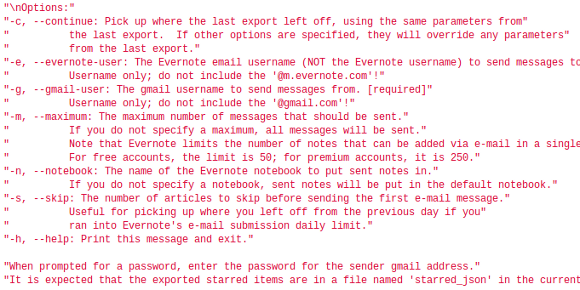
The video tour of Make Lehigh Valley in Pennsylvania involves mostly a show-and-tell about the raw materials just waiting to find their way into members’ projects. The tour starts off outside the warehouse that house the hackerspace as well as an associated business incubator called Hive 4A. It then moves inside to give us a look at what they’ve got going on.
We love the space. There are really two kinds of buildings we see used in these tours. One type are commercial retail spaces, like HeatSync Labs or Workshop 88. They’re clean, well-lit, and in the public view. This is the other kind, behind closed doors and full or floor-space. The building features a really awesome wide-plank wooden floor. It plays host to a smattering of different equipment and a multitude of boxes, jars, troughs, and jugs full of all kinds of stuff. It looks like they’re beginning to get the parts organization under control. Old milk jugs serve as a first round of sorting. There’s also a nice little small parts rack built from plastic tea bottles and small cubby holes made of cardboard. See it all in the clip after the break.
















